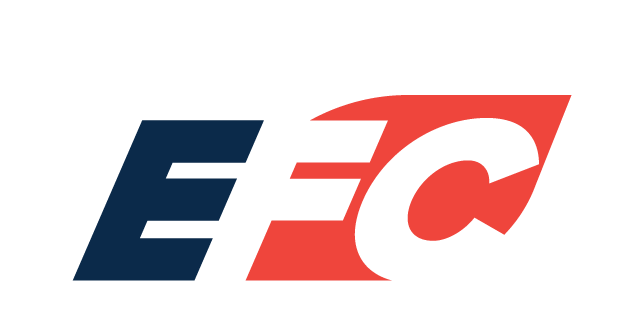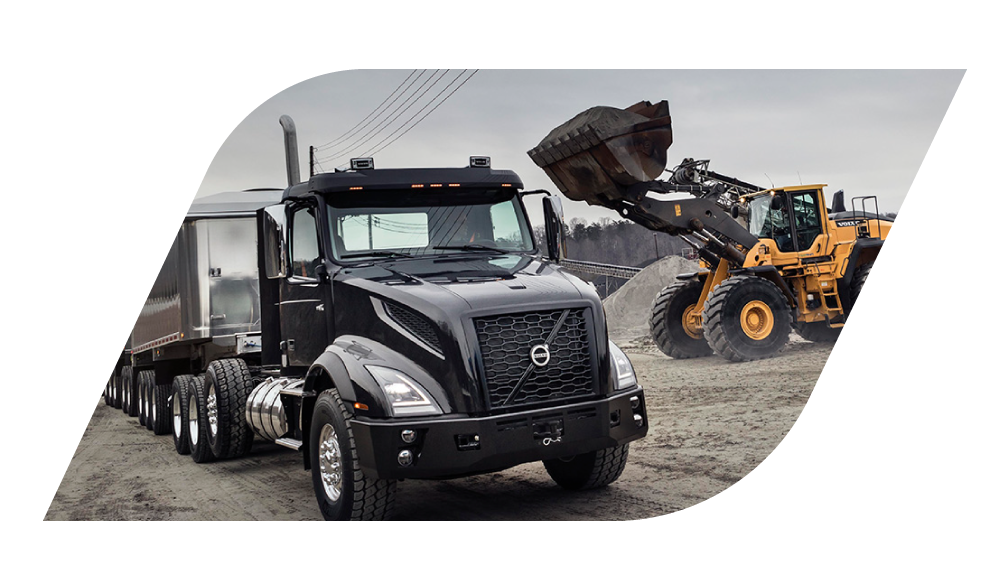If you are a business owner, you will know that one of the biggest expenses in your company is equipment. Whether you are in construction, transportation, hospitality, or in office and technology, equipment is critical to business operations.
Most companies, especially start-ups, do not have enough capital at the outset to buy equipment. In fact, it is a huge risk for the cash-flow of any business to use a lump sum of money to buy equipment. A large piece of equipment can be recorded on the books as an asset, but in most cases, it could also be seen as a depreciating liability.
This, together with the fact that a working cash-flow needs to be allocated to day-to-day operations in the business, like salaries, means that it usually makes more sense to finance the equipment. So, we took a look at leasing equipment, what options you have available, and how you can choose the right one for your company.
What is Equipment Leasing?
To start off, we thought we would take a quick look at what equipment leasing is, and how it differs from other equipment financing options.
A lease agreement is a contract between a lessor and a lessee where the lessor will provide equipment that they own to the lessee for a set term at an agreed-upon price. This means that the lessee can forgo a hefty, once-off payment for equipment, and rather spread it over a period of time.
Leases are usually long term contracts, depending on what type you enter into, and can last anywhere from a year to ten years. Unlike a payment plan and a rental agreement, there can be significant penalties should either party not hold up to their side of the contract.
Leases allow the lessee company to take the pressure off their working capital, and ensure that should the equipment become outdated or redundant after a while, they can simply upgrade and change the lease.
The lessor will own the title of the equipment for the full period, and at the end, depending what type of lease it is, a residual can be paid by the lessee to transfer the title to own the equipment, or the equipment will be returned.
There are different types of leases, however, to suit each unique circumstance. Below are the various types of leases that you can choose from for your company.
Types of Leases
The next thing to look at is the types of leases you can acquire. There are two very popular types of equipment leases and three more which are less common. We took a look at all five.
Capital Lease
A capital lease is one of the most popular, especially when it comes to large equipment with a very high value. Aviation companies will use these types of leases for aircraft, manufacturing ones for large plant equipment, and transport for ships, for example.
The capital lease is a long-term lease where the ownership of the asset will, at the end of the lease period, be passed from the lessor to the lessee. This will make the lessee the owner of the equipment. It is also referred to as a nominal or ($1) dollar-buyout lease
This type of lease is non-cancellable due to the fact that this loan is instituted with the lessee’s intention to purchase the equipment at the end of the term. Due to the fact that they will be purchasing the equipment, the lessee is responsible for the maintenance of the asset as well as paying taxes and insurance on it.
This type of lease is very similar to a loan and is categorized under liabilities as a loan. It will appear in the income statement as an expense, and the market value of the asset will be recorded on the balance sheet under the asset column. It may not qualify for tax deductions due to the fact that the lessee will be owning the asset, and maintains full control of the residual value.
This type of lease is ideal for businesses that need expensive capital equipment that they may not have the funds to buy immediately. The other advantage of the lease is that there is no uncertainty about the value of the equipment at the end of the lease, as this is determined at the signing of the initial agreement.
Operating Lease
The second most popular type of lease is the operating lease. This type of lease allows the lessor to use the equipment for a period of time which is shorter than the life of the asset. This means that these leases are shorter terms than capital leases and include assets and equipment which is not as hefty as aircraft and plant equipment.
These are leases for the hospitality industry, for example, car rentals, vehicles, or hotel rooms. It could also include office and technology industries for office equipment like computers and printers.
The lease states that the lessee may use the asset for an agreed period of time for fixed payments which are agreed upon at the beginning of the term. The lessee will have to return the equipment to the lessor at the end of the term and takes no rights in ownership.
The term of the lease is not more than 75% of the equipment’s anticipated useful life and the total payments made by the lessor should not be greater than 90% of the equipment’s fair market value. A lessor can choose to return the asset or purchase the equipment on the remaining balance of the fair market value. They may also choose to re-lease it, for a specified period of time.
This lease agreement is cancellable and can be done so by either party if either does not hold up their end of the agreement. A lessor can cancel and have the equipment returned if the lessee defaults on any of the payments. A lessee can also opt to cancel the lease before the end of the period, but this will usually come with a penalty.
For accounting purposes, this lease is treated as operating expenses on the balance sheet and is not recorded as an asset. Due to the short term of the lease, it will not be considered a debt and will not need to record the depreciation of the asset. Similarly, the lessee doesn’t treat operating leases as a liability in the balance sheet. These payments are usually 100% tax-deductible, which means that you end up paying even less at the end of the day on the equipment.
These kinds of leases are usually ideal for businesses that need to constantly update and upgrade their equipment and ensure that the equipment does not become redundant.
Leaseback
Although not as popular as the previous types of leases, this is another option available where you can generate capital for your business needs with your assets. This is a lease agreement where the seller of the asset leases it back from the buyer of the asset. In essence, this will mean that the seller becomes the lessee and the buyer becomes the lessor.
This may seem unnecessary, but companies usually enter these types of agreements when they need the cash that has already been invested in a fixed asset, and that asset is needed for the company to operate.
Essentially, you can continue to use your equipment in order for productivity not to slow down and for revenue to remain constant. You can also use the extra capital to expand the business and increase revenue or to keep the business afloat during tough times.
Financially, this is great on your books as you can recover up to 37% in tax savings and because you are leasing your equipment back, the full monthly payment is 100% tax-deductible.
These kinds of leases are not difficult to apply for as you can use the actual equipment as collateral. Financially, it is also very beneficial to your balance sheet as the assets that you pay taxes on converted into contingent liabilities may also lower taxes. It also means that more capital is freed up for businesses as the equipment is not being financed by banks, and impacting your credit.
The “P.U.T.” Option Lease
The fourth and more uncommon lease is the Purchase Upon Termination lease. Lease payments are fixed, yet a mandatory purchase price is established at the beginning of the terms and is expressed in a percentage. Usually, the lessee must purchase the equipment at the end of the term at 10% of the original equipment cost. This will leave them with two options; either upgrade or renew the lease or actually purchase the equipment for 10% of the original cost.
TRAC Lease
These types of leases are created especially for “over-the-road” vehicles like trucks, tractors, and trailers. Residual values are determined for the end of the lease to purchase instead of the fair market value route. This can be negotiated in advance while maintaining the full deductibility of the lease.
Wrapping Up
As you can see, there are a number of options for you to choose from which will suit your unique needs. Whether you are looking for a lease to eventually own the equipment, or need a temporary solution that will serve your needs for a year or two, you have several choices with us. With our extensive experience in the industry, we will be able to guide you in choosing the right lease for you and assist you with getting the most out of both the lease and equipment. Your financial peace of mind is our priority, and we will help you make sure that your business keeps operating while paying the lowest installment for your much-needed equipment.

